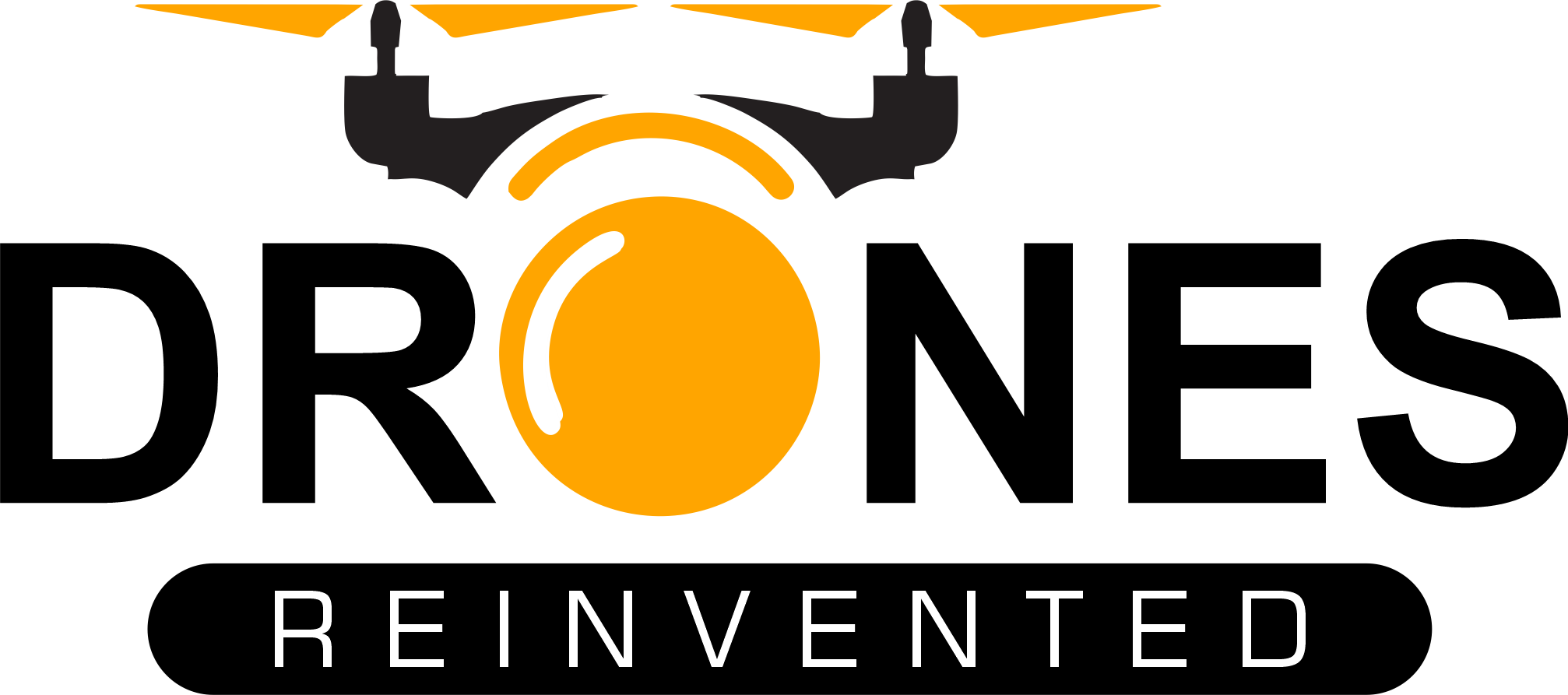Recent Events Underscore Importance of Leadership in Navigating Regulatory Challenges
The drone industry is facing an uncertain future as recent federal layoffs, FAA job cuts, and administrative shifts create confusion. The need for strong leadership has become even more pressing following recent incidents, including a tragic plane crash in Washington. As the industry seeks stability, the Commercial Drone Alliance (CDA) has called for swift action in appointing key leadership to guide the sector forward.
CDA Advocates for Michael Kratsios as OSTP Director
In a letter to the Senate Committee on Commerce, Science, and Transportation, the CDA expressed strong support for the nomination of Michael Kratsios as Director of the Office of Science and Technology Policy (OSTP). The organization emphasized the importance of Kratsios’ leadership at a time when the commercial drone industry is poised for significant growth.
“The Commercial Drone Alliance (‘CDA’) strongly supports the nomination of Michael Kratsios as Director of the Office of Science and Technology Policy (OSTP). Mr. Kratsios is a longtime champion for safe and secure commercial unmanned aircraft system (UAS, or drone) integration. We urge the Committee to swiftly consider and advance Mr. Kratsios’ nomination to this very important role at this critical time for the drone industry.”
Kratsios has been an advocate for drone technology and played a key role in the UAS Integration Pilot Program (UAS IPP) during his tenure as Chief Technology Officer in the Trump administration. His efforts focused on integrating drones into the National Airspace System (NAS) while advancing remote identification, traffic management, and collision avoidance technologies.
Economic and Regulatory Stakes
The commercial drone industry is expected to contribute billions to the global economy in the coming decade. According to CDA, “The drone industry is projected to contribute billions of dollars to the global economy over the next decade, with some projections as high as $90 billion by 2030.” However, for the industry to realize its full potential, clear and consistent regulatory policies must be in place.
With recent FAA job cuts and broader federal workforce reductions, the industry faces uncertainty regarding regulatory timelines. The FAA Reauthorization Act of 2024 outlined key drone-related initiatives, including the advancement of beyond visual line of sight (BVLOS) regulations and the development of the “2209 rule” to restrict drone operations over critical infrastructure. However, neither rule has been published for public comment, causing concern among industry stakeholders.
Leadership to Ensure Progress
CDA argues that Kratsios’ leadership would help push forward these critical regulatory measures. “Time is of the essence. Mr. Kratsios understands the technical and policy aspects of drone technology and the need for a regulatory regime that complements—not constrains—safe, scalable drone operations for the benefit of the American public.”
In light of recent incidents, including the Washington plane crash, and increasing regulatory uncertainty, the industry is looking for decisive action. Strong leadership will be essential to ensuring that drones remain a key part of U.S. technological and economic growth.
For more information on the Commercial Drone Alliance, visit
Want DRONELIFE news delivered to your inbox every weekday? Sign up here.
Read more:
Miriam McNabb is the Editor-in-Chief of DRONELIFE and CEO of JobForDrones, a professional drone services marketplace, and a fascinated observer of the emerging drone industry and the regulatory environment for drones. Miriam has penned over 3,000 articles focused on the commercial drone space and is an international speaker and recognized figure in the industry. Miriam has a degree from the University of Chicago and over 20 years of experience in high tech sales and marketing for new technologies.For drone industry consulting or writing, Email Miriam.
TWITTER:@spaldingbarker
Subscribe to DroneLife here.

0 Comments